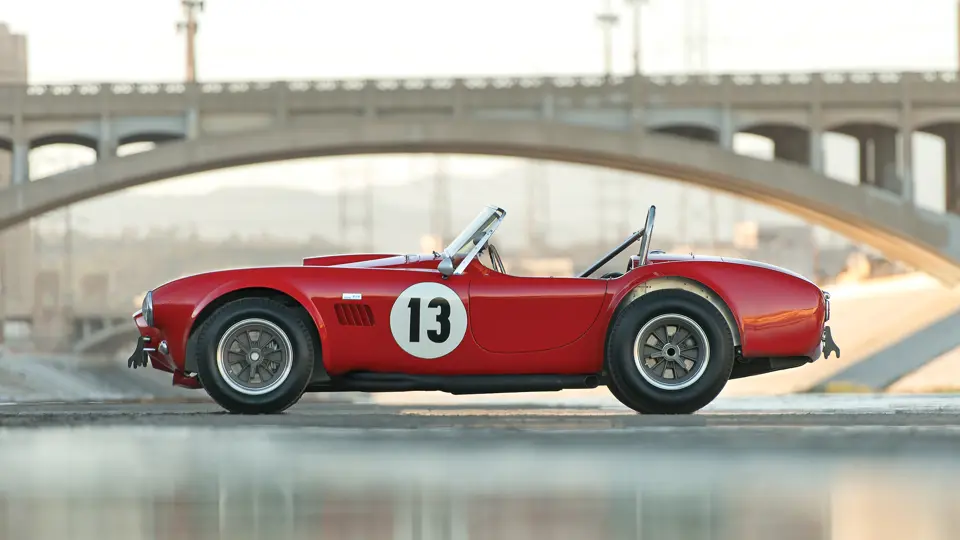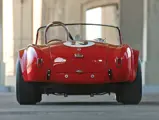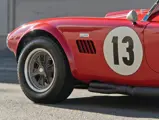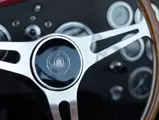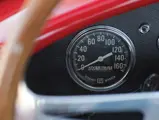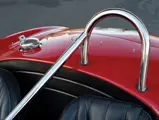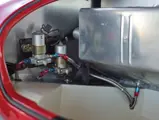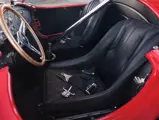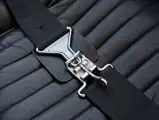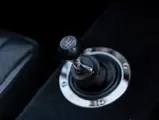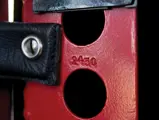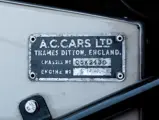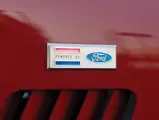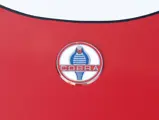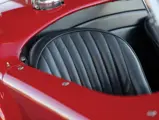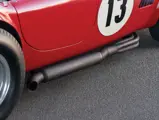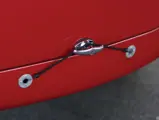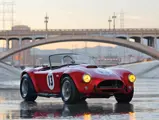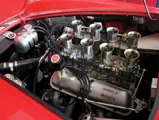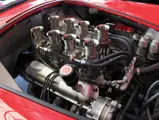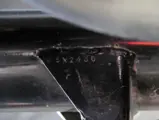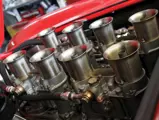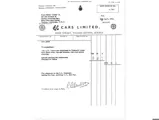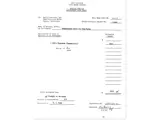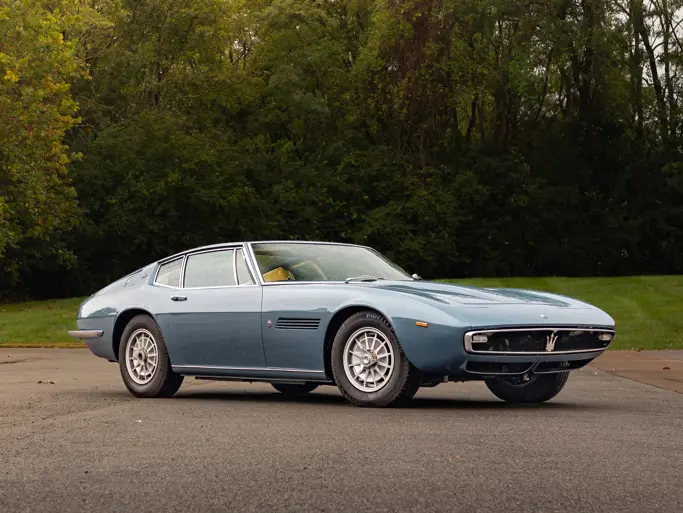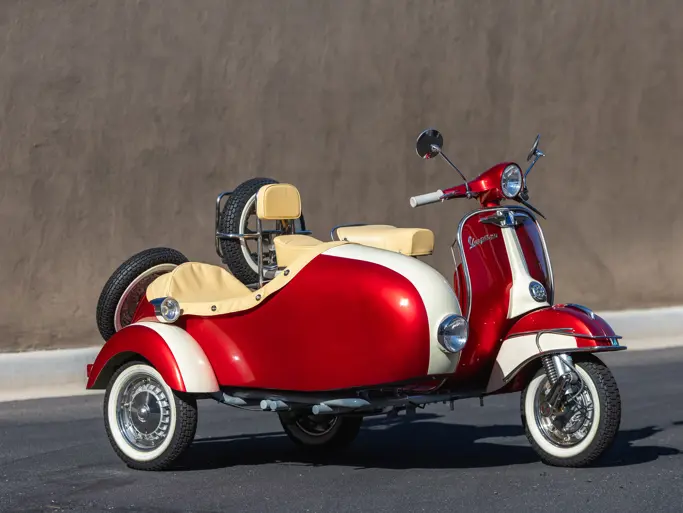
1964 Shelby 289 Competition Cobra
{{lr.item.text}}
£1,176,000 GBP | Sold
{{bidding.lot.reserveStatusFormatted}}
- Campaigned by “Gentleman” Tom Payne in 1964 and 1965
- A highly desirable Cobra “Team Specification” roadster
- Superb restoration of a very original car by Shelby authority Bill Murray
- Formerly in the Shelby American Collection for 25 years
- Ideal for historic racing events, such as the Goodwood Revival and Le Mans Classic
Est. 400 bhp, 289 cu. in. Hi-Po Ford V-8 engine with four Weber 48 IDM carburettors, four-speed BorgWarner T-10 manual transmission, four-wheel independent suspension with A-arms, transverse leaf springs, and tubular shock absorbers, and four-wheel hydraulic disc brakes. Wheelbase: 2,286 mm
GENTLEMAN TOM
“Payne is one of those fearless gents who crouch snugly into the cockpit of a low-slung racing car and steer it for glory at speeds up to 180 miles per hour on flat road courses across the country”. So read the large feature story in the 7 March 1965 issue of the Daytona Beach Morning Journal, which profiled the exploits of the Ann Arbor, Michigan-based gentleman racer Tom Payne. Payne was forty-one years old and living on a farm outside Ann Arbor with his wife, Nan, and five children, along with several horses for them to ride, when he partnered with Dan Gerber the year before opening Gerber-Payne Ford, of Fremont, Michigan. Ford Motor Company was in high gear, having just unveiled the earth-shattering Mustang to rave reviews and unabashedly promoting its Total Performance program.
Payne was no stranger to racing. In 1954, he first got behind the wheel of an Arnolt-Bristol whilst in Put-in-Bay, Ohio, and Sebring, and he later raced a Porsche RS61 stateside before trying his hand at Formula Juniors. Interestingly, the ambitious young businessman even tried his hand at politics on two occasions, running for Congress in 1960 and 1962, which was a campaign that attracted John F. Kennedy, who visited Michigan during a “whistle-stop” tour and spoke on behalf of the young Democratic candidate. Payne’s two worlds collided on at least one occasion, as he evidently arrived at a race track behind schedule and, without any time to change into his racing clothes, piloted his car at breakneck speed whilst still donning the Glen Plaid suit and necktie with which he had left work! He was known as “Gentleman Tom” thereafter.
Payne first met Gerber at an SCCA race in Northern Michigan, where he hopped out of his RS61 and into Gerber’s Cobra, and from that moment he was instantly smitten! One year later, the two were in business, and the dealership became a Shelby sales point, with Payne himself ordering his first Cobra just two months later.
The car that arrived at his doorstep was one of the most special racing machines not only in the country but also the world. Out of the 655 leaf-spring “small block chassis” Cobras finding their way from England to Carroll Shelby’s Riverside, California, shops and into the hands of sportsmen, driving enthusiasts, and all-out racers, only seven per cent were competition racing cars. Certainly, the distinction between a street car and a competition car is by no means cut and dry. Depending on the racing series in which the cars competed, the rules and regulations therein, or simply the technical evolution of the cars and the developments of Shelby’s engineers, “Competition Cobras” were produced in a variety of series and guises. Indeed, as advancements became available, earlier cars were frequently upgraded by privateers or the factory to meet the demands of the race track and the stiff competition.
The Shelby American World Registry nevertheless outlines three classes of competition cars, beginning with the “Independently Prepared Race Cars” (street cars purchased privately and then converted into competition cars) and the “Factory-Prepared Competition Cars” (full-specification race cars prepared by Shelby for privateers) and then culminating into the most desirable variant of all, the “Cobra Factory Team Cars”. Only 32 of these full-specification competition cars were prepared by Shelby American, and they were either raced as “Works cars” or as independent yet factory-sponsored cars.
CHASSIS NUMBER CSX 2430
Chassis CSX 2430, the Cobra presented here, is the very same one that was delivered to Tom Payne, and it is also the exceedingly rare factory team-specification roadster that was prepared by Shelby and raced as a factory-sponsored entry. On 18 June 1964, Jacques Passino, the vice president of Ford’s Special Vehicle Division, approved a work order for one “Competition Cobra for Tom Payne”, which highlighted the sizable price of $9,250 and the order to “color it RED”. With Ford’s headquarters at Dearborn merely half an hour away, Payne undoubtedly enjoyed a close relationship with its executives, and his success behind the wheel would surely be a win-win for both sides, particularly with Ford’s “Total Performance” objective of “winning on Sunday and selling on Monday”.
Shelby American in Riverside began work on the car, building it into a factory-specification competition car and mirroring the equipment of the team cars with a bonnet scoop, a chrome roll bar, 6½-inch Halibrand front wheels (8½-inch at the rear), flared wings, Koni shocks, front and rear sway bars, competition brakes all around, quick-jack points, side pipes, dual long-range fuel tanks, a Monza snap-open fuel cap, a racing seat, a Sun tachometer, a fuel-pressure gauge, a differential cooler, an engine oil cooler, an electric Stewart-Warner fuel pump, and an aluminium Harrison header tank. Of course, the soul of the roadster was a full race-specification 289 V-8 that had Weber carburettors and 12:1 compression, which could deliver about 400 brake horsepower.
The car was billed to Ford and delivered to Detroit in late July. It remained the property of Ford and was run as an SAI factory-sponsored entry by Payne. Just two days later, Payne debuted the car at Lynndale Farms, Wisconsin, before campaigning it throughout the Mid-West in the summer of 1964. From Illinois to Ohio and Indiana, he consistently finished on the podium. In the winter of the same year, he took the car to Nassau and fared extremely well, finishing 2nd in the GT class, 9th overall, and 1st in the GT class in the Tourist Trophy, Governor’s Trophy, and Trophy Races, respectively. Races at Mosport and Road America followed until the end of 1965, which were interspersed with piloting by Gerber, Yeager, and, most excitingly, the famed Bob Grossman, who got behind the wheel at Nassau in 1965, finishing 5th overall and 1st in the GT class. In fact, according to Shelby Cars in Detail, CSX 2430 was a Shelby entry at Nassau, as Payne had since moved on to racing a 427 Cobra. Interestingly, Grossman got behind the wheel at that race, since Payne broke several ribs during an unfortunate fall whilst looking for tyres in a dark hangar.
Chassis CSX 2430 went to John “Scotty” Addison, who raced the car throughout 1966 before Dan Schlames, of Michigan, raced it in various SCCA BP events in 1967. Its ownership history is well known and listed in the Shelby American World Registry. Rick Nagel, of Texas, owned the car in the mid-1980s and raced it with some success. He won the 1984 Texas Vintage Challenge, and later in the year, we understand that Carroll Shelby got behind the wheel of it at the Texas Can-Am Challenge, which, according to the aforementioned book, is the last time Carroll Shelby got behind the wheel of a Competition Cobra and raced one on the track. A lap record at Kansas City and three more wins in SCCA races throughout 1984 and 1985 marked the end of Nagel’s ownership.
Steven Volk, the principal of the Shelby American Collection in Boulder, Colorado, purchased the car from Nagel in 1985 before commissioning highly respected Cobra authority Bill Murray to fully restore the famous Competition Cobra. Stripping the body to bare metal revealed a superb condition, with the exception of minor racing damage to the front left corner that was unsatisfactorily repaired in the past. At the time, an inspection of the car revealed that the original chassis plate remained in place, as did the stampings on the passenger-side A-arm hanger, the bonnet latch, both door frames, and the boot latch. Murray’s aim during the restoration was to simultaneously restore the car to concours-ready condition but also prepare it for vintage racing, as he installed a five-point harness, a modern fuel-delivery system, a fuel cell, an updated exhaust, and adjustable A-arms. Today, the car is set up for period correctness, although the modern driver-friendly parts are still included with the car.
Following its completion, the car remained on display at the Shelby American Collection for nearly 25 years, and it was featured in Shelby Cars in Detail: Cars of the Shelby American Collection. Over the years, other print accolades have included American Rodding (March 1966), Dave Friedman’s Shelby Cobra, Rinsey Mill’s AC Cobra, and Treover Legate’s Cobra.
Chassis CSX 2430 is offered from a highly respected private collection, and it marks an exceptionally rare opportunity, not only for the Shelby enthusiast but also the competitive vintage racer. This would be an ideal entrant for vintage racing events around the world, including the Goodwood Revival, the Le Mans Classic, and the Tour Auto, as this individual car has already proven to be successful both in period and historic racing events. Not only has the car remained very original throughout its life and been restored by one of the most respected Cobra authorities in the world, but its provenance details some of the most distinguished names in the racing and collecting communities, including Gentleman Tom Payne, Bob Grossman, and the Shelby American Collection.
Chassis CSX 2430 offers the collector an opportunity to showcase a fully restored and extremely rare factory competition-spec Cobra at virtually any concours event he desires, whilst also allowing the dedicated driving enthusiast to get behind the wheel and chase down, and usually overtake, any Ferrari or Porsche in his sights.
A racing chart is available for review in both the digital and printed catalogue.




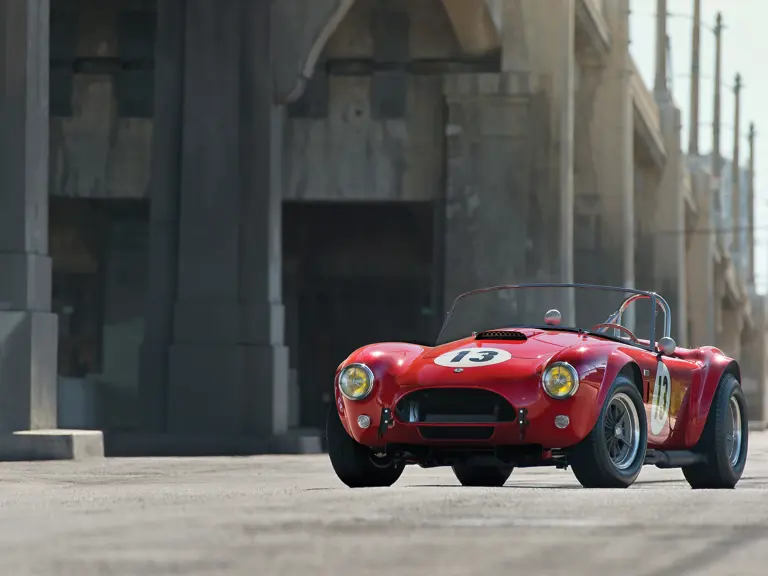


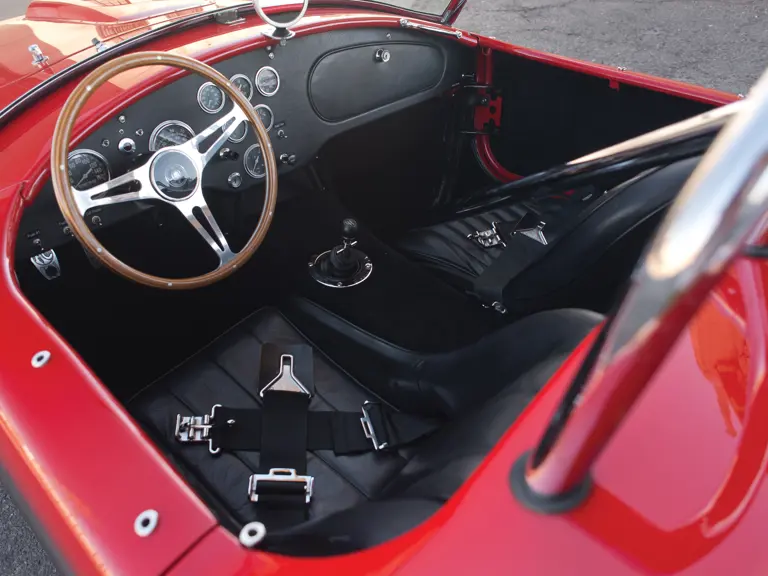
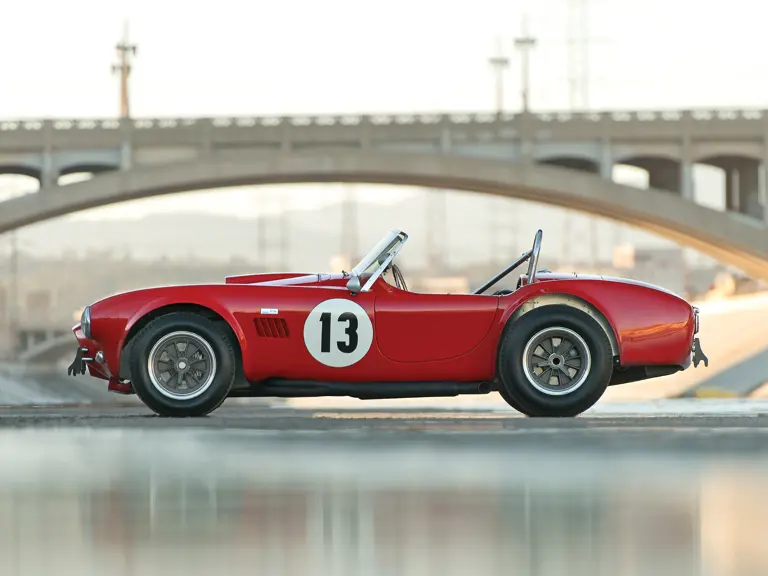




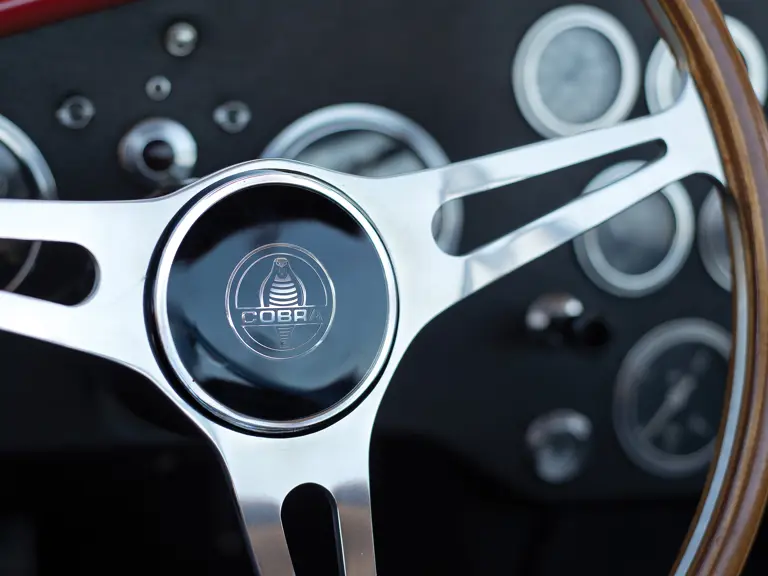
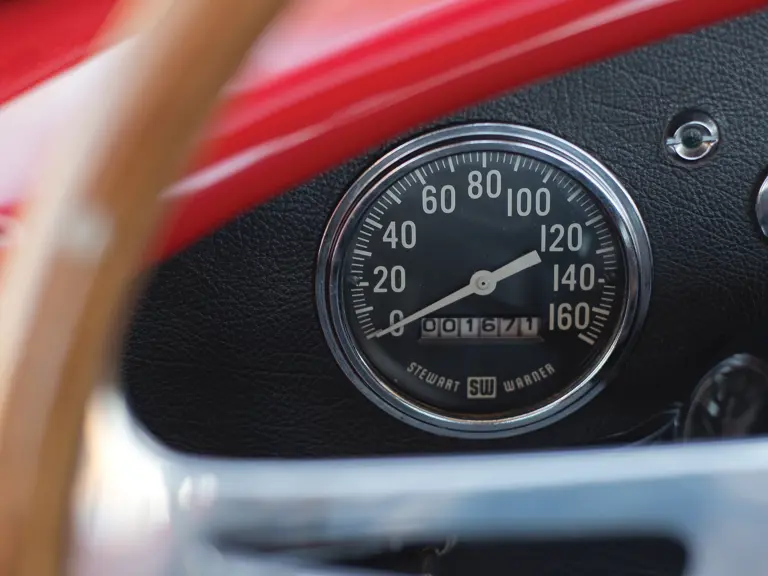

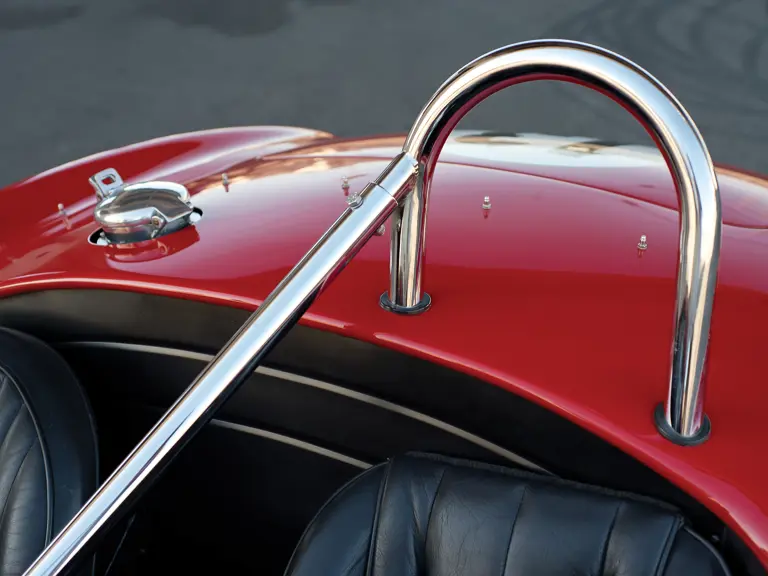
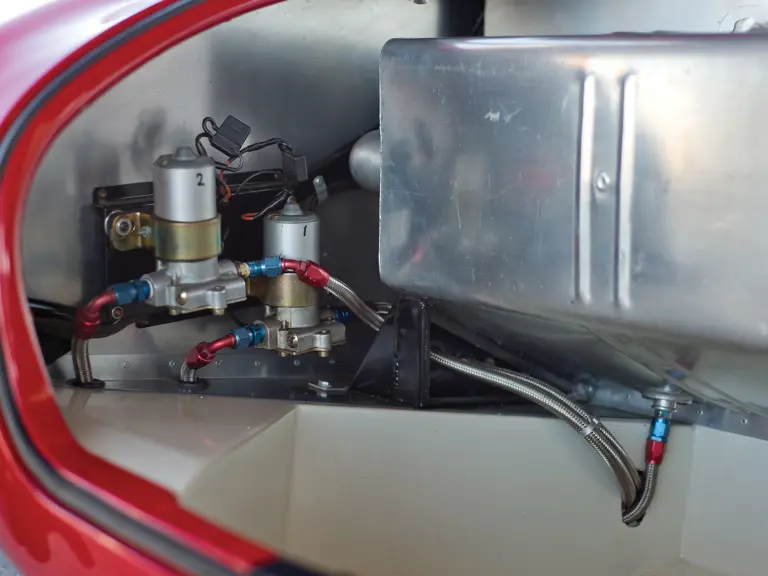




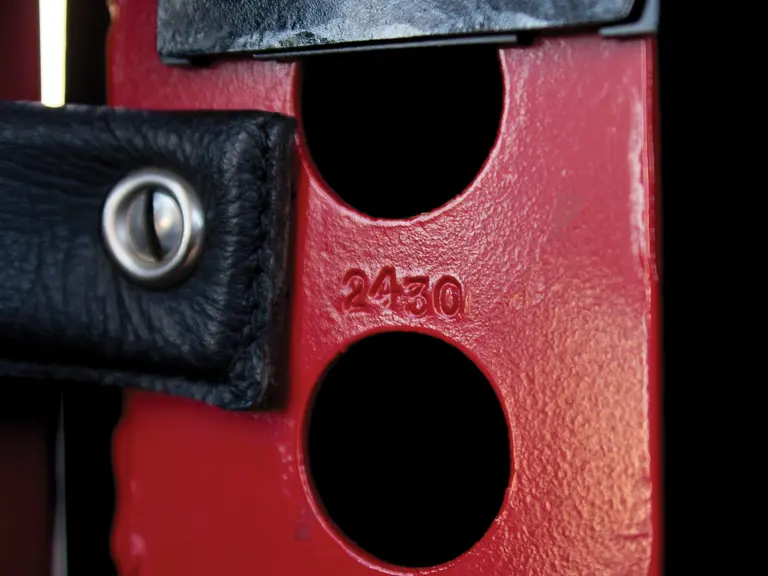


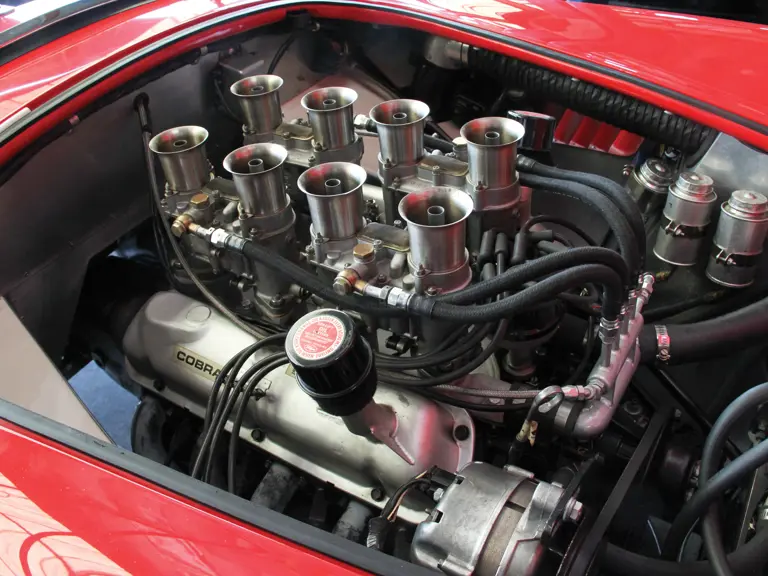

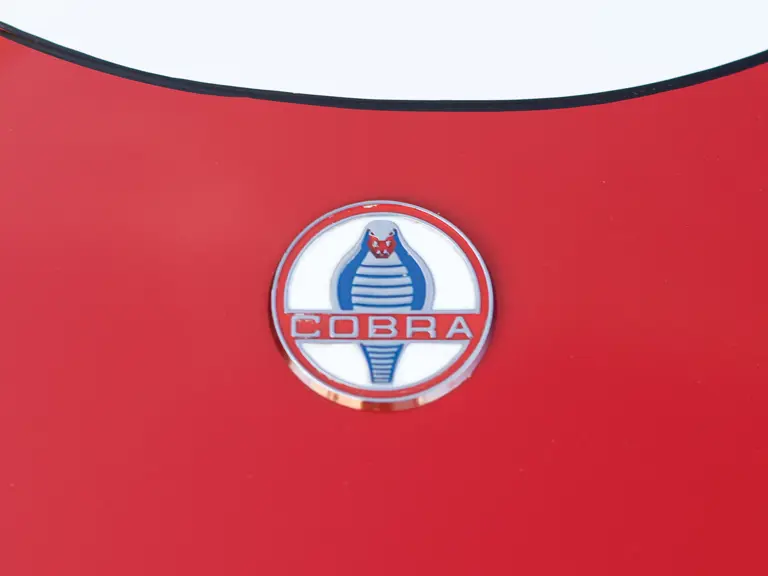
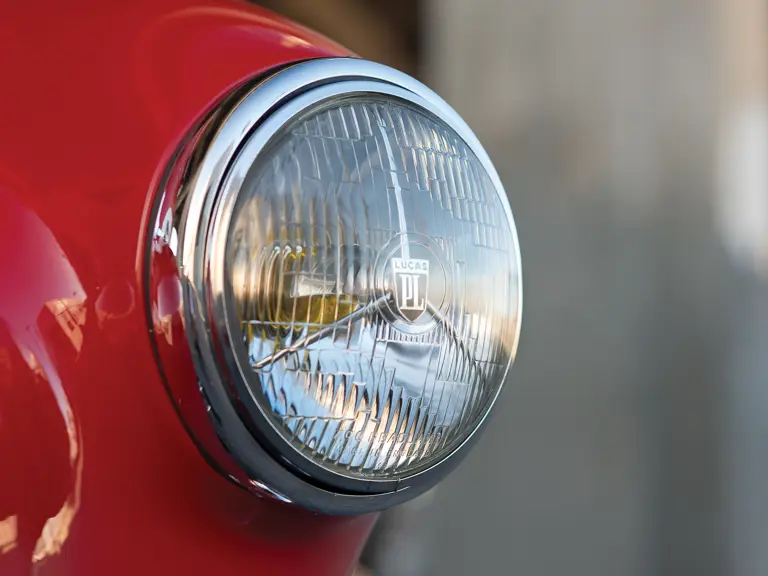


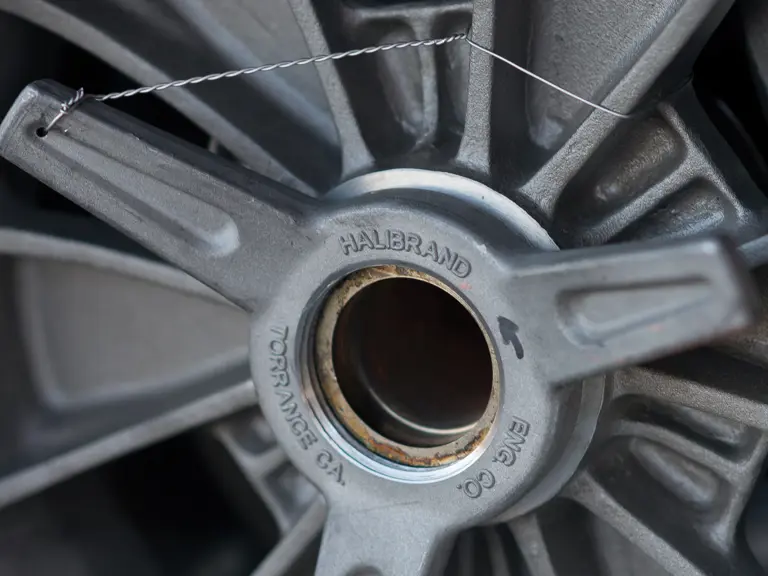
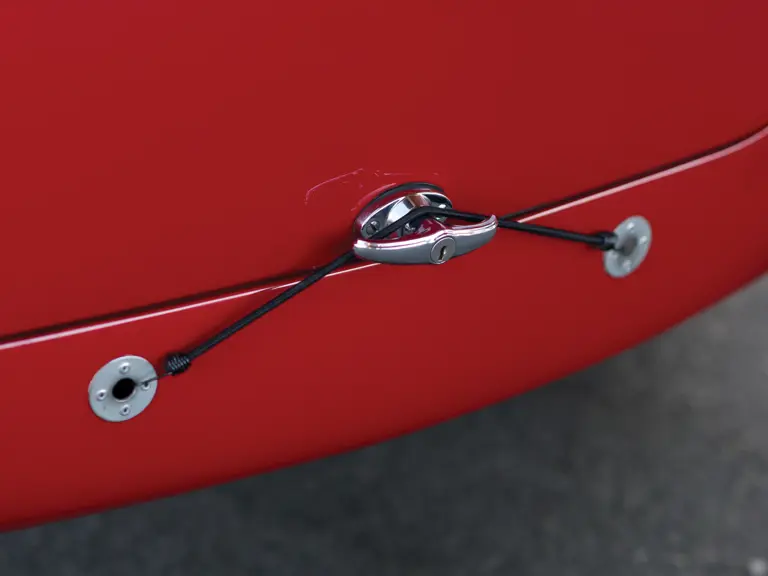
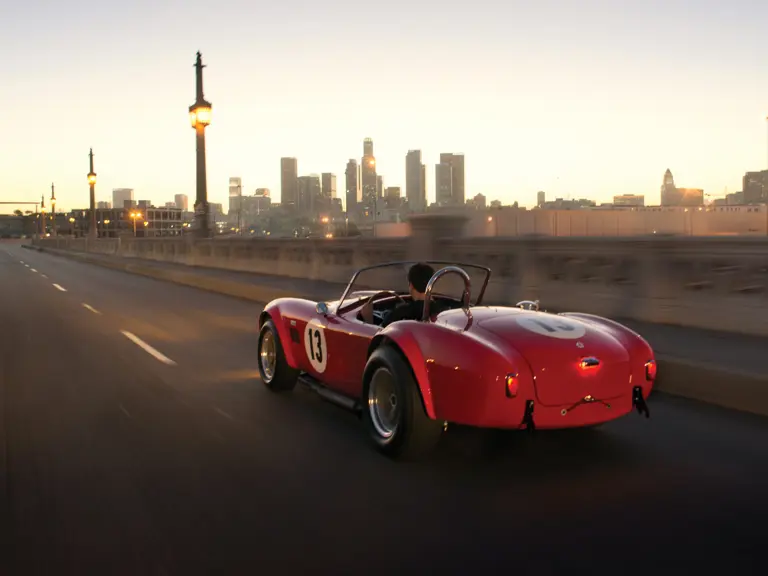
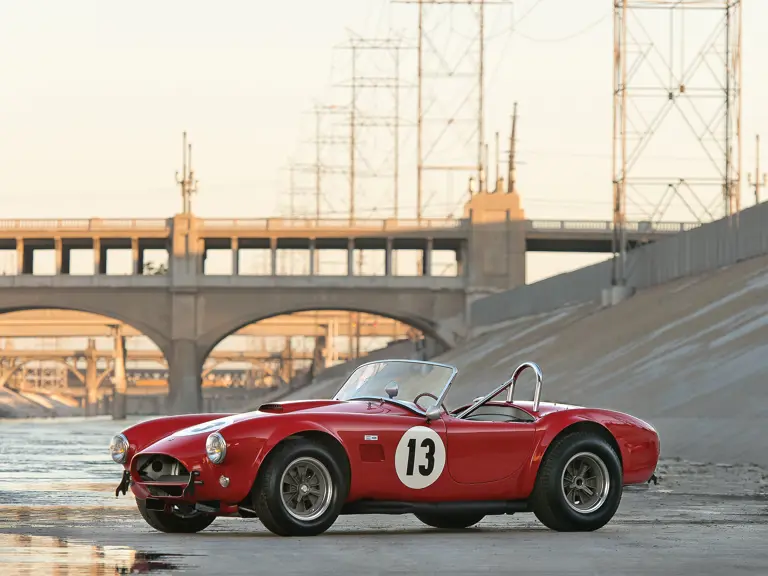
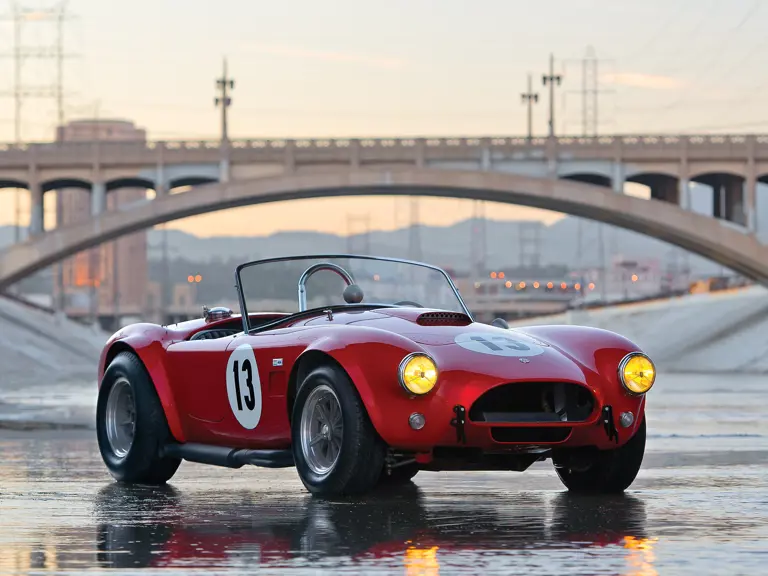
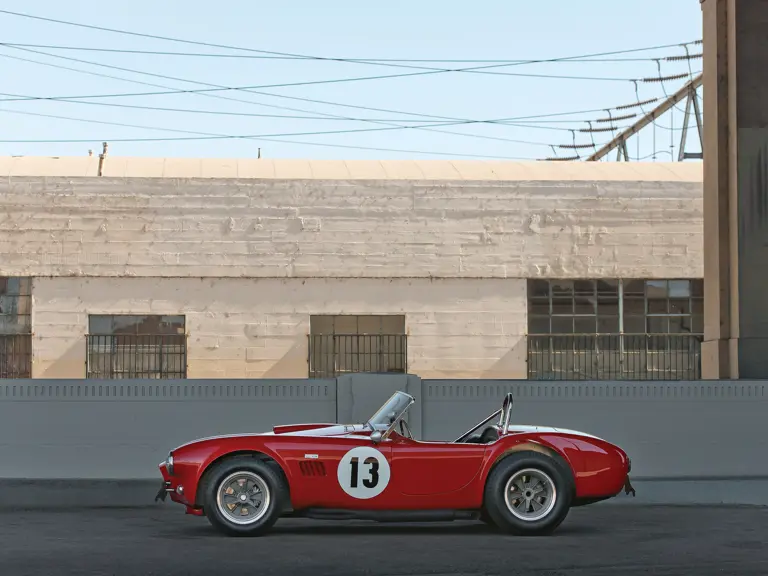

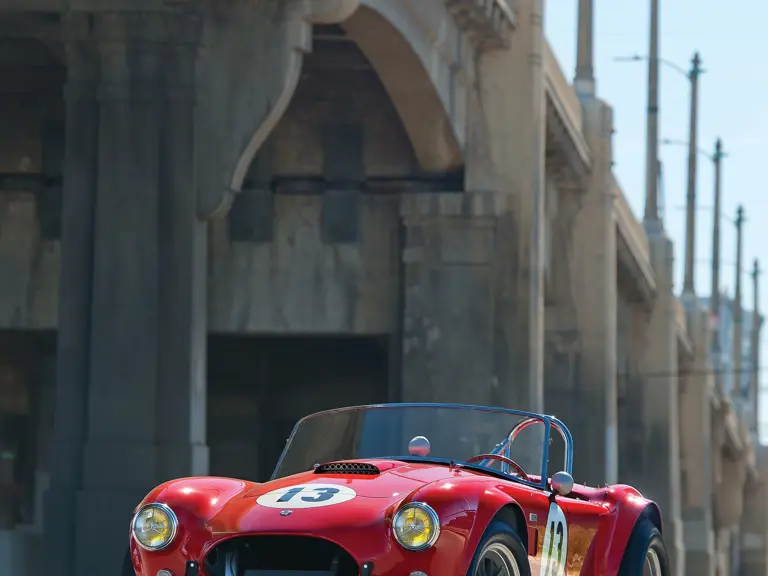

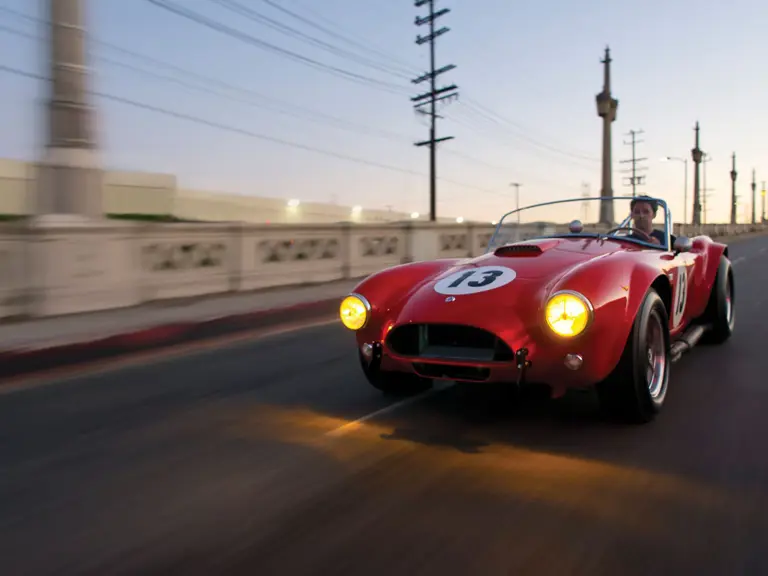
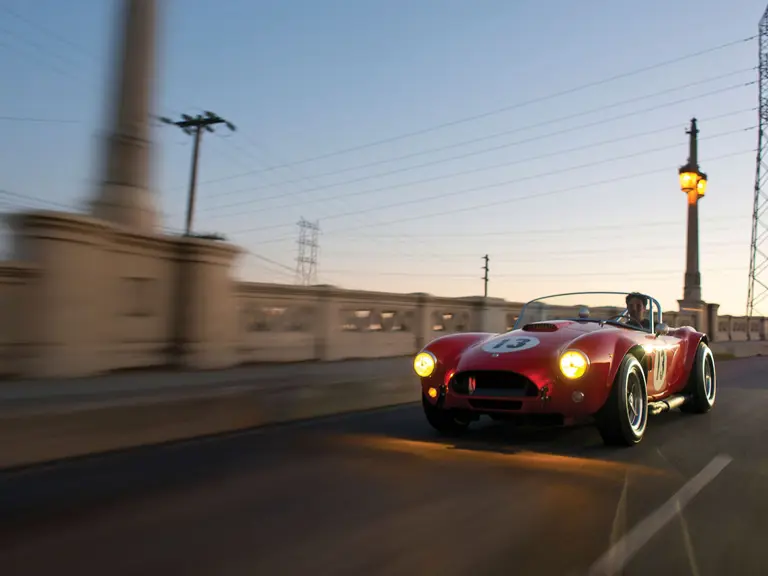
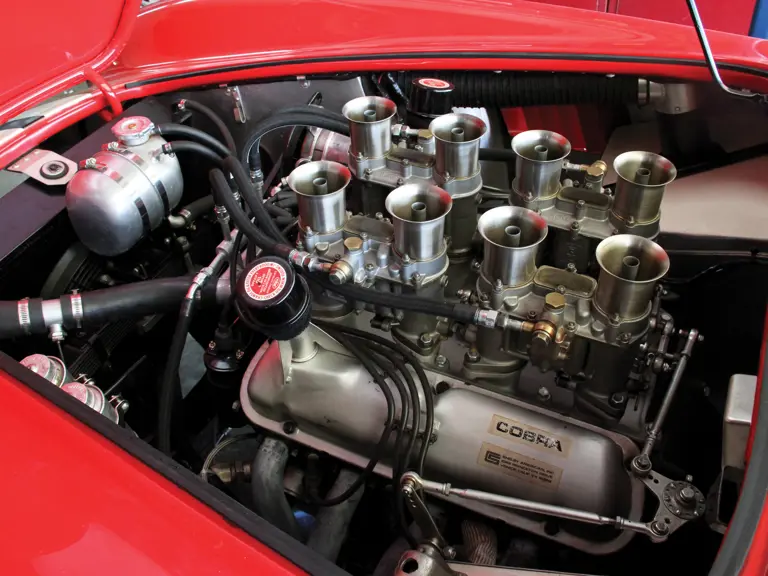
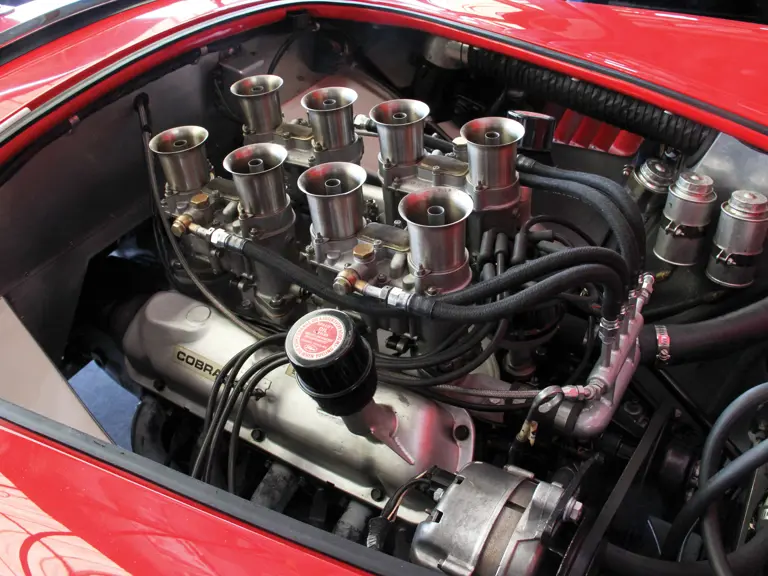

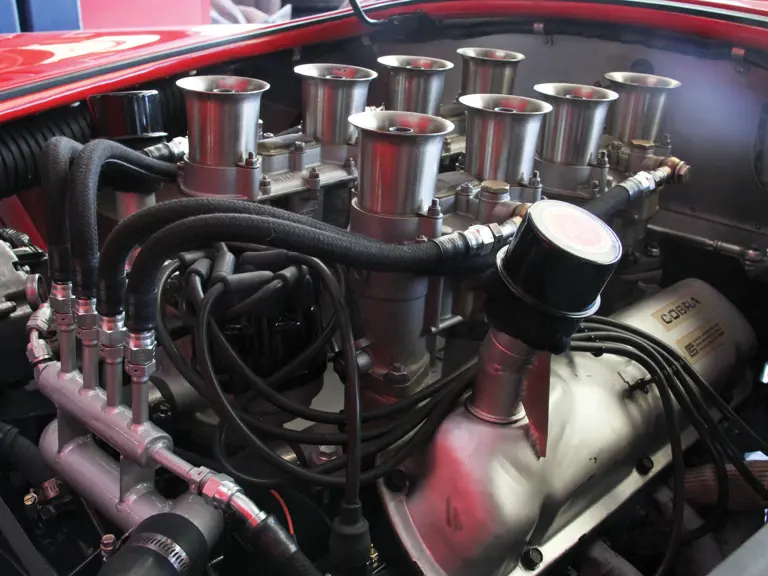

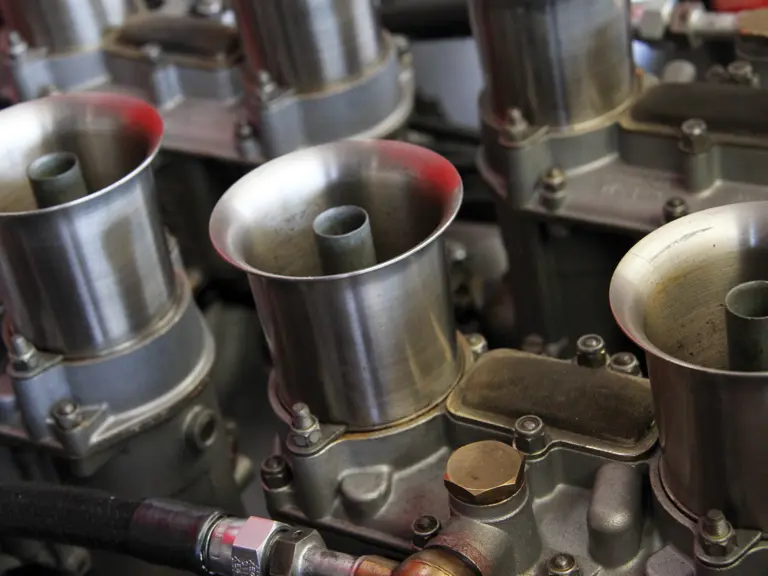
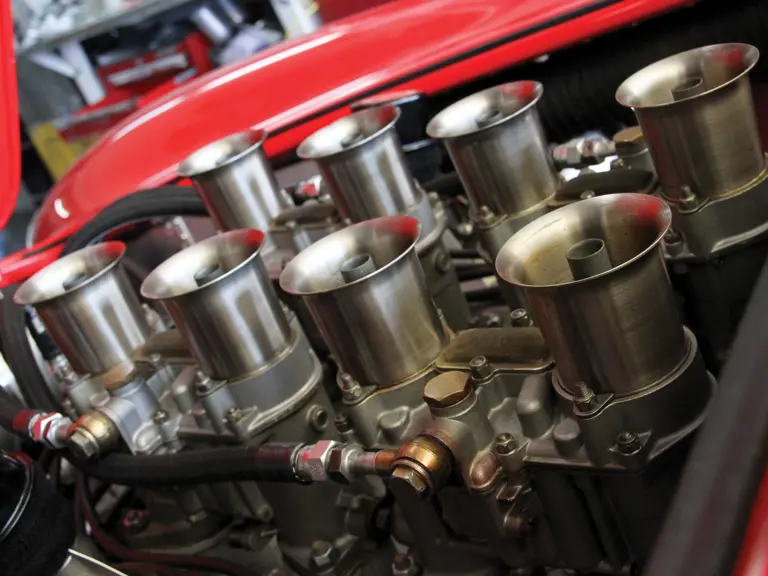

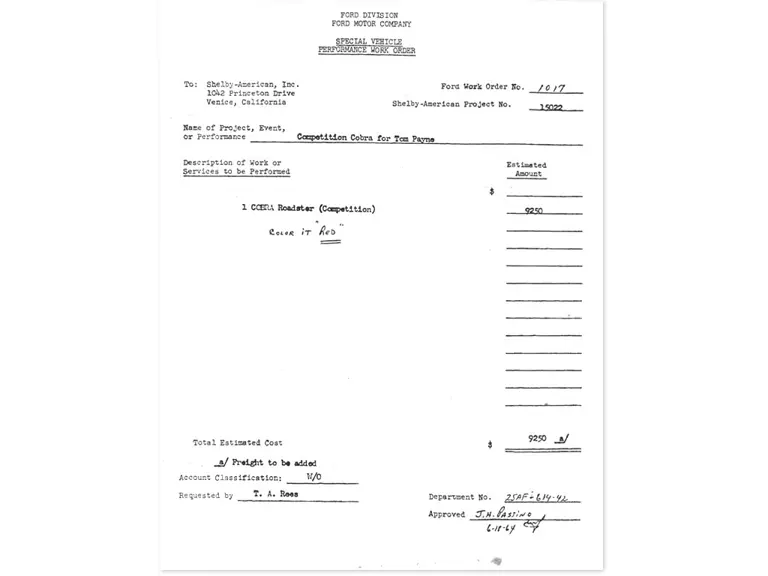
 | London, United Kingdom
| London, United Kingdom
